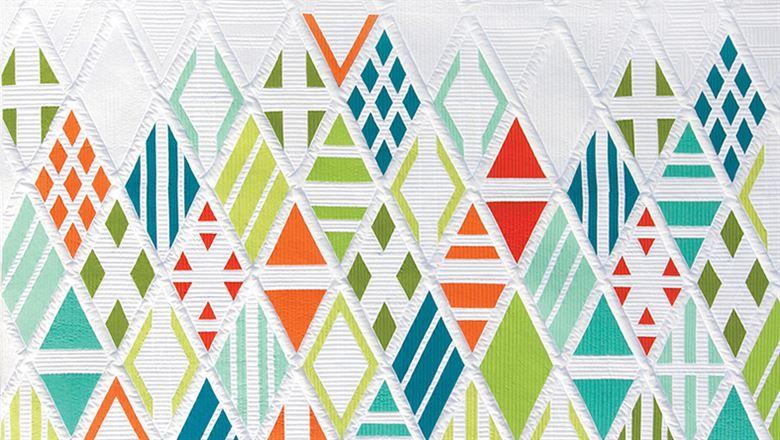Emily Bratcher
Emily Bratcher is a contributing editor at Associations Now.
 Associations Now
Associations Now
When two quilters decided to create a meeting for modern quilters in the Los Angeles area, they couldn't have imagined that less than a decade later their small gathering would grow to 12,000 members across 200 guilds around the world.
Alissa Haight Carlton and Latifah Saafir founded the Modern Quilt Guild (MQG) in Los Angeles in 2009 to give an already thriving online community of modern quilters the chance to connect in person. For the group’s inaugural meeting at a local craft store, about 20 people came.
Eight years later, their group is up to 125 members. That’s growth to be proud of, but the global picture is even more impressive: MQG now has 12,000 members and 200 guilds worldwide, in locations ranging from Prince Edward Island, Canada; to Wellington, New Zealand; and from Raedersdorf, France; to Durban, South Africa.
“In the U.S., Canada, Australia, and Europe, [quilting] is very much a social thing,” says Heather Grant, MQG director of marketing and programming.
In this case, “social” refers both to the pastime of modern quilting and to the engine that powered MQG’s growth. After Carlton and Saafir founded the guild, they started blogging about it, and more and more modern quilters—specifically, the brand of quilters inspired by modern design and graphic arts—started asking for their own guilds. So MQG helped set them up.
By 2011, the modern quilting community was tweeting about the possibility of a conference, says Grant, who had founded the Austin, Texas, guild in 2010. They got their wish: QuiltCon was born in 2013, bringing nearly 50 overseas quilters and more than 6,000 American quilters to Austin for workshops, lectures, and exhibits.
Along with bringing the community together, QuiltCon raised funds that helped MQG to meet its goal of becoming a full 501(c)(3) association with a mission “to support and encourage the growth and development of modern quilting through art, education, and community.”
The association continues to grow across the world, thanks in part to its enthusiastic and social members, says Grant. But MQG has also made some smart globally minded moves, such as requiring that at least one board seat be occupied by a member from a country outside the U.S. “to make sure that those [overseas] members have a voice,” Grant says.
This year, the association is sending off an exhibit of quilts made by MQG members to quilting conferences in Australia and Europe to further promote MQG to new potential members.
[This article was originally published in the Associations Now print edition, titled "From Local to Global."]